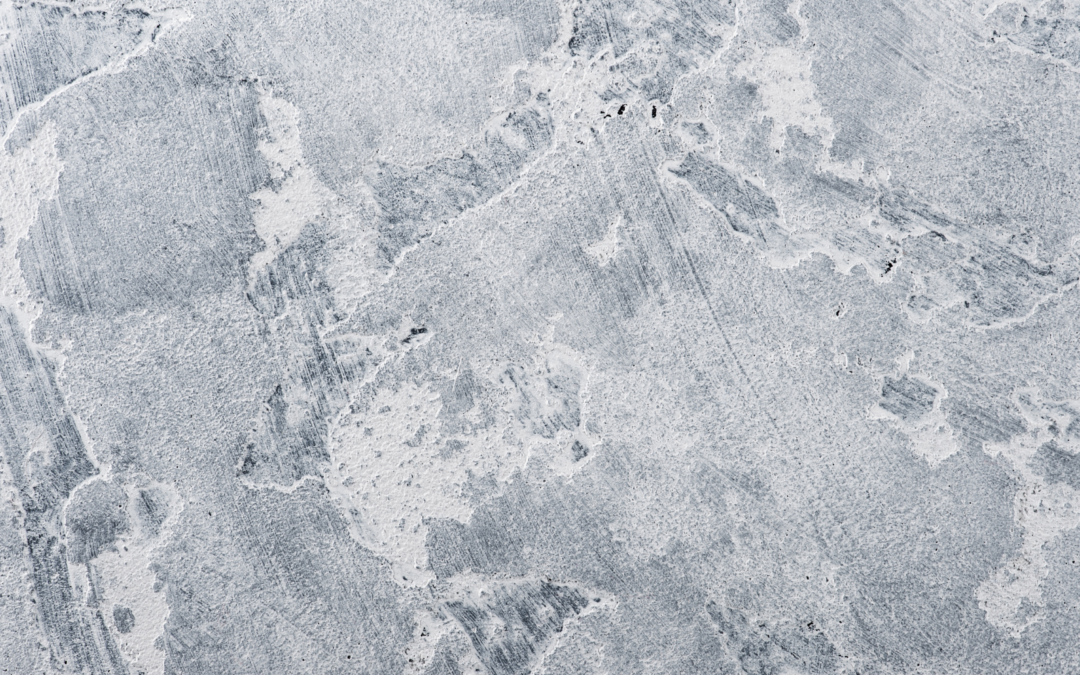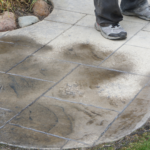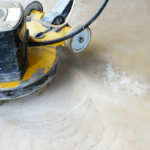In the world of home improvement, few options offer the durability and aesthetic appeal of stained concrete. Whether you’re looking to revamp your floors, patios, or driveways, the concrete stain can transform any surface into a stunning focal point. Here we will guide you through everything you need to know about concrete stain, from its benefits to practical application tips, providing a comprehensive resource for anyone eager to elevate their living spaces.
What is Concrete Stain?
Concrete stain is a versatile solution for adding color and texture to concrete surfaces. Unlike paint, which sits on the surface, stain penetrates the concrete, allowing it to bond with the material. This creates a long-lasting, rich finish that won’t chip, peel, or fade over time. Available in both water-based and acid-based formulations, concrete stain offers a range of hues and effects, making it a popular choice for both interior and exterior projects.
Concrete stain is not just about aesthetics. Its ability to enhance the natural beauty of concrete while providing durability makes it a practical choice for homeowners and businesses alike. The process of staining concrete involves several steps, including surface preparation, application, and sealing, each of which contributes to the final result.
Benefits of Concrete Stain
Concrete stain provides numerous benefits that go beyond mere aesthetics. One of the primary advantages is its durability. Since the stain penetrates the concrete, it becomes part of the surface, making it highly resistant to wear and tear. This is especially important for high-traffic areas such as driveways, patios, and commercial spaces.
Another significant benefit is the ease of maintenance. Stained concrete surfaces are easy to clean and require minimal upkeep. Regular sweeping and occasional mopping are usually enough to keep them looking their best. Additionally, sealed concrete stain surfaces are resistant to moisture, stains, and mold, further enhancing their longevity.
Finally, concrete stain is an eco-friendly option. Many stains are low in volatile organic compounds (VOCs), making them safe for indoor use. By choosing concrete stain over other flooring options, you can reduce your environmental footprint while enjoying a beautiful, long-lasting finish.
Types of Concrete Stain
There are two main types of concrete stains—acid-based and water-based. Each type has its unique characteristics and applications, so it’s essential to understand the differences before starting your project.
Acid-Based Stains
Acid-based stains react chemically with the minerals in the concrete, creating a variegated, marble-like effect. These stains penetrate deep into the surface, offering a highly durable finish that won’t fade or peel. Acid-based stains are ideal for creating natural, earthy tones like browns, tans, and greens.
Because of their chemical composition, acid-based stains require careful handling and proper ventilation during application. They also necessitate thorough cleaning of the concrete surface before staining to ensure even absorption and adhesion.
Water-Based Stains
Water-based stains, on the other hand, offer a broader color palette, including vibrant hues like blue, red, and yellow. Unlike acid-based stains, water-based stains do not react chemically with the concrete. Instead, they rely on pigments to achieve their color.
Water-based stains are easier to apply and clean up, making them a popular choice for DIY projects. They are also environmentally friendly, with low VOC emissions. However, they may not be as durable as acid-based stains and may require more frequent reapplication.
Choosing the Right Stain for Your Project
Selecting the right concrete stain for your project depends on several factors, including the desired aesthetic, the condition of the concrete, and the application environment. Here are some considerations to help guide your decision:
Surface Condition
The condition of the concrete surface plays a crucial role in the success of the staining project. For older, weathered surfaces, acid-based stains may be more effective due to their deep penetration and ability to mask imperfections. Water-based stains, while less able to hide flaws, can still produce excellent results on well-prepared surfaces.
Desired Aesthetic
If you’re aiming for a natural, mottled look, acid-based stains are your best bet. These stains create unique, unpredictable patterns that mimic natural stone. For a more uniform, consistent color, water-based stains are preferable. Their wide range of colors allows for greater customization and creativity.
Application Environment
Consider the environment where the stain will be applied. For outdoor projects exposed to the elements, acid-based stains may offer better durability. For indoor projects, particularly in spaces with limited ventilation, water-based stains are a safer and more user-friendly option.
Preparing Your Concrete Surface
Proper surface preparation is essential for achieving the best results with concrete stain. Follow these steps to ensure your concrete is ready for staining:
Cleaning
Start by thoroughly cleaning the concrete surface to remove dirt, grease, and other contaminants. Use a pressure washer or a scrub brush with a concrete cleaner to ensure a deep clean. For stubborn stains, consider using a degreaser or a specialized concrete cleaner.
Repairing
Inspect the concrete for cracks, holes, or other imperfections. Repair any damage using a concrete patching compound, and allow it to cure fully before proceeding. Smooth out any rough spots or uneven areas to create a uniform surface.
Etching
Etching the concrete opens up the pores, allowing the stain to penetrate more effectively. Use an etching solution or muriatic acid, following the manufacturer’s instructions. Rinse the surface thoroughly with water and allow it to dry completely before applying the stain.
Applying Concrete Stain
Once your surface is prepared, you can begin the staining process. Here are the steps to follow:
Testing
Before applying the stain to the entire surface, perform a test in an inconspicuous area. This will help you gauge the color and ensure that you achieve the desired effect. Adjust the stain concentration or application technique if necessary.
Applying the Stain
Apply the stain using a brush, roller, or sprayer, depending on the size and complexity of the surface. Work in small sections to ensure even coverage and avoid streaks. For acid-based stains, use a circular motion to prevent brush marks. For water-based stains, apply in thin, even coats.
Layering
For deeper, richer colors, apply multiple layers of stain, allowing each coat to dry completely before applying the next. This is particularly important for water-based stains, as they may require additional coats to achieve the desired opacity.
Sealing the Stained Concrete
Sealing your stained concrete surface is crucial for protecting the finish and ensuring long-lasting durability. Follow these steps to seal your project:
Choosing a Sealer
Select a sealer based on the type of stain used and the intended application. Acrylic sealers are a popular choice for both acid-based and water-based stains, offering a durable, glossy finish. For outdoor projects, consider a penetrating sealer to protect against moisture and UV damage.
Applying the Sealer
Apply the sealer evenly using a roller or sprayer, following the manufacturer’s instructions. Allow the first coat to dry completely before applying additional coats. For best results, apply at least two coats of sealer, allowing sufficient drying time between each layer.
Maintaining the Finish
To keep your stained concrete looking its best, perform regular maintenance, including sweeping, mopping, and resealing as needed. Avoid using harsh chemicals or abrasive cleaning tools, as these can damage the finish.
Creative Ideas for Using Concrete Stain
Concrete stain offers endless possibilities for creative expression. Here are some ideas to inspire your next project:
Indoor Floors
Transform your basement, garage, or living room with a beautifully stained concrete floor. Choose a color and pattern that complements your décor, and enjoy a durable, low-maintenance surface that’s perfect for high-traffic areas.
Patios and Walkways
Enhance your outdoor living space with a stained concrete patio or walkway. Use acid-based stains for a natural stone look, or experiment with bold colors and patterns to create a unique, eye-catching design.
Driveways
Give your driveway a facelift with a fresh coat of concrete stain. Not only will it improve your home’s curb appeal, but it will also provide a durable, weather-resistant surface that can withstand heavy use.
Reach Out to Greensboro Concrete Services Today
Concrete stain is a fantastic solution for achieving beautiful and durable results on any concrete surface. By considering factors such as the type of stain, application environment, and proper preparation and sealing techniques, you can achieve stunning transformations in any space.
Start now and transform your concrete surfaces into a work of art with concrete stain. So don’t hesitate to contact Greensboro Concrete Services today to get started! Whether you are a DIY enthusiast or a first-time user, we have the expertise and resources to help you achieve your desired results.






